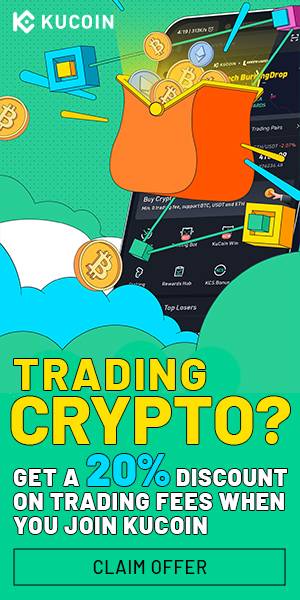
Curve Finance’s native stablecoin, crvUSD, briefly depegged on Aug. 3, reacting to an uncertain environment surrounding the protocol after its recent exploit. In the course of the day, the stablecoin fell by as much as 0.35% before regaining its peg to the United States dollar.
Curve’s crvUSD uses a mechanism for maintaining its peg called the PegKeeper algorithm, which manages the interest rate and liquidation ratio based on the stablecoin supply and demand to maintain its value. In other words, it ensures that the crvUSD value is properly backed by collateral while balancing supply and demand.
On Twitter, Curve Finance compared the stablecoin’s devaluation to the Silicon Valley Bank collapse in March, which resulted in the brief depegging of USD Coin (USDC). “Events of recent days felt similar to SVB/USDC situation in some sense. However, crvUSD had just a 0.35% dip, and currently 0.1% from the peg,” the protocol noted.
What about crvUSD? How does its price react to shock events, does it depeg?
Events of recent days felt similar to SVB/USDC situation in some sense. However, crvUSD had just a 0.35% dip, and currently 0.1% from the peg pic.twitter.com/HaMfbkiFSR
— Curve Finance (@CurveFinance) August 3, 2023
The decentralized stablecoin is facing its first stress test since it was released in May. Curve Finance suffered a hack on July 30 resulting from a Vyper programming language vulnerability. Since then, concerns about its contagious effects on the decentralized finance (DeFi) ecosystem have caused panic across protocols, leading its governance token, Curve DAO (CRV), to drop 20.91% in the ensuing hours.
With the hack and the CRV price declining, many in the crypto community wondered whether there would be a domino effect on other protocols. Curve Finance founder Michael Egorov had a $100 million stablecoin loan using his own CRV holdings as collateral. He has been trying to decrease his loan position for the past few days.
DeFi protocols have been standing by Curve during the crisis. Jun Du, the co-founder of Huobi, purchased 10 million CRV for $4 million from Egorov. Additionally, Aave Chan founder Marc Zeller proposed the Aave Treasury buy $2 million worth of CRV tokens from the protocol. According to the proposal, the acquisition would send a strong signal that DeFi players support the health of the ecosystem while positioning the Aave DAO — a decentralized autonomous organization — more strategically in the face of contagion risks.
Magazine: Deposit risk: What do crypto exchanges really do with your money?
Read More: cointelegraph.com









 Bitcoin
Bitcoin  Ethereum
Ethereum  Tether
Tether  Solana
Solana  USDC
USDC  XRP
XRP  Lido Staked Ether
Lido Staked Ether  Dogecoin
Dogecoin  Toncoin
Toncoin  Cardano
Cardano  Avalanche
Avalanche  Shiba Inu
Shiba Inu  TRON
TRON  Wrapped Bitcoin
Wrapped Bitcoin  Polkadot
Polkadot  Bitcoin Cash
Bitcoin Cash  Chainlink
Chainlink  NEAR Protocol
NEAR Protocol  Polygon
Polygon  Fetch.ai
Fetch.ai  Litecoin
Litecoin  Internet Computer
Internet Computer  Uniswap
Uniswap  Dai
Dai  LEO Token
LEO Token  Render
Render  Hedera
Hedera  Ethereum Classic
Ethereum Classic  Aptos
Aptos  First Digital USD
First Digital USD  Cosmos Hub
Cosmos Hub  Pepe
Pepe  Cronos
Cronos  Mantle
Mantle  Filecoin
Filecoin  dogwifhat
dogwifhat  Stacks
Stacks  Immutable
Immutable  Stellar
Stellar  XT.com
XT.com  Wrapped eETH
Wrapped eETH  OKB
OKB  Renzo Restaked ETH
Renzo Restaked ETH  Bittensor
Bittensor  Optimism
Optimism  Arbitrum
Arbitrum  The Graph
The Graph